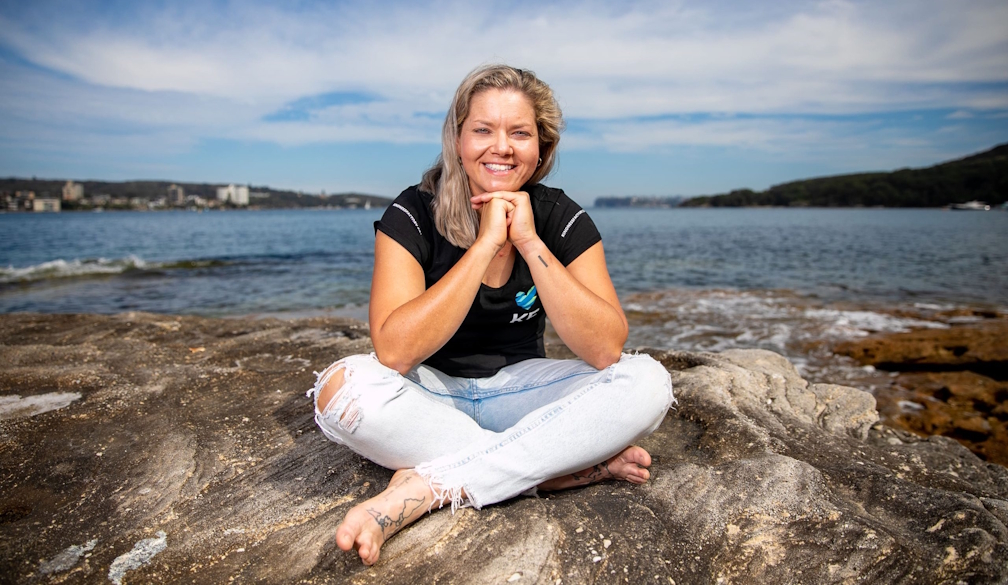Transparency versus privacy: The case of family courts
- Written by John Bui

In the United Kingdom, Sir Andrew McFarlane, President of the Family Division, published a report in October, spotlighting the urgent need to bring about a shift to increase openness in Family Courts.
There have always been two sides to the longstanding argument on whether there should be more openness in Family Courts.
On the one hand, openness would lead to greater transparency, thereby legitimising family court proceedings. However, on the other hand, there are concerns about how this transparency will affect the parties involved in the proceeding, specifically in relation to Privacy.
The Pros
The benefit of openness is twofold. Firstly, more transparency would mean that the public would have more opportunities to improve their knowledge on such matters.
Secondly, and more importantly, openness would lead to increased scrutiny, which in turn increases accountability. This, in essence, is the principle of open justice. Allowing court proceedings to be subjected to scrutiny enhances the family law and court system.
The Cons
Increased openness would in some ways mean that confidentiality will not be respected, thereby potentially putting the privacy of people involved in the case at risk.
Moreover, the real concern which resonates with many is when children are involved in the case. If there is more openness in the Family Court the children face a serious risk of being identified within their community. If this happens they could be subjected to personal humiliation in their schools.
However, as Sir McFarlane argues, building confidence in Family Courts, and maintaining confidentiality need not be mutually exclusive. It is possible to pursue both, and ultimately, to achieve both. The argument remains that Family Courts need to embrace transparency.
Why do we need similar reforms in Australia?
The issues raised by Sir McFarlane are close to home, with them being relevant in the Australian legal landscape.
Here in Australia, the rules around reporting family law cases are very similar to those prevalent in the UK.
Journalists are allowed to attend court proceedings and report on the case, as long as the details of those who are involved are not broadcasted.
Although such provisions exist, the cases remain severely underreported. A viable solution is to lay emphasis on the concept of anonymisation. In Australia, when details of judgments are published, pseudonyms are used to ensure that the identities of the involved parties are not disclosed.
The rationale behind pushing for more transparency is to be able to learn from Family Courts and understand how and why Judges make decisions that they do, especially given the number of lives that are impacted by such decisions.
This gap in reporting can be filled with Family Courts working in tandem with the media, allowing journalists to truly act as watchdogs.
The judiciary system is a significant part of our democratic society. As with other systems of government, there must be avenues for the public to hold judicial officials accountable.
Transparency is especially needed when judges make decisions based on their discretion. In doing so, judges are relying on societal values to gauge what is fair. Arguably, the public has a right to know what values judges consider when making decisions that directly impact people in the community.
Additionally, Family Courts determine outcomes based on the balance of probabilities. This means decisions are based on what the judge thinks has happened, which is not as substantial as the standard of proof used in criminal law. Especially because of this, the public has the right to understand how the Courts make decisions.
Conclusion
Family Law is particularly tricky and reporting on Family Law cases is not going to be easy.
Of course, the goal is not to ignore anonymisation and de-identification. Journalists must still protect the identity of the parties involved. At the very core of the argument lies the belief that openness can facilitate good practice, ultimately leading society towards progress.
With the recent structural reforms that have taken place in the Family Law system in Australia, it will be interesting to see where it is headed with regards to openness.
Author Bio:
John Bui is the Principal of JB Solicitors. John has worked in a variety of legal matters and has extensive knowledge in the areas of family law and commercial litigation.
He has over 10 years experience in family law and commercial litigation which often sees him being called to provide expertise in matters that have an international element involving complex company, trust, partnership and valuation issues.
John is a Nationally Accredited family law Mediator and Arbitrator. In his role as a Mediator, he utilises his family law experience to facilitate the effective discussion between parties to reach a resolution in relation to their parenting or property dispute.





















